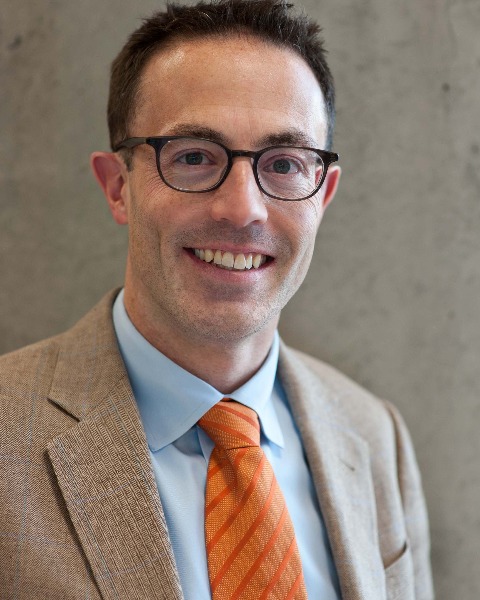Degenerative
P-15 Peptide Enhanced Bone Graft in Posterolateral Fusion: A Prospective, Multicenter Clinical Study
Friday, February 21, 2025
7:00 AM - 2:00 AM EST

W. Bradley Jacobs, MD, FRCSC
Associate Professor
Calgary Spine Program, University of Calgary
Calgary, AB, CA
Presenting Author(s)
Disclosure(s):
W. Bradley Jacobs, MD, FRCSC: No relevant disclosure to display
Introduction: Posterolateral Lumbar Fusion (PLF) is a commonly used in the treatment of degenerative lumbar conditions. Successful arthrodesis is critical to favorable outcomes. P-15 Peptide Enhanced Bone Graft (ABM/P-15 Matrix), is a composite bone graft incorporating P-15, a synthetic peptide that mimics the cell-binding domain of Type I collagen. This abstract reports the early outcomes associated with the use of ABM/P-15 Matrix PLF procedures in a multi-center clinical trial.
Methods: A prospective on-label study was conducted in six hospitals in Canada. Adult participants requiring lumbar spinal fusion with PLF, between levels L1-S1, were included. Neurological status, relevant clinical history, Oswestry Disability Index (ODI), 12-Item Short Form Survey (SF-12), and Numeric Pain Rating Scale (NRS) were collected at baseline, 6-months, 12-months and 24-months. Active smoking, obesity (BMI >30) and diabetes were considered high-risk factors. A thin-cut ( < 1mm) CT was acquired at 12-months and assessed for fusion status by an independent core-lab. Fusion status was reported at both the segmental and participant levels. Adverse events and reinterventions at the index level were recorded.
Results: A total of 45 participants (62 operative levels) were included. 76% of patients presented with 1 or more high-risk comorbidities (16 with BMI >30, 7 current smokers, 11 with diabetes). The mean number of levels operated was 1.4 (range 1 to 3). Of the 31 PLF participants with data available, 80.6% were either fully (n=19) or partially (n=6) fused at 12 months. Additionally, 97.7% of the 43 PLF segments were either fully (n=35) or partially (n=7) fused at 12 months. Mean improvement at 12 months was noted in OD, SF-12 mental and physical score, NRS back and leg score. No adverse events were reported that were related to the device.
Conclusion : Despite the biologically and mechanically challenging environment for posterolateral fusion and the high number of patients presenting with high risk co-morbidities (76% had at least 1 co-morbidity known to adversely impact fusion and clinical outcomes), high fusion rates at 12-months were observed with P-15 peptide enhanced bone graft. No evidence of graft related complications and no index level re-operations at 1 year postoperative.

.jpg)